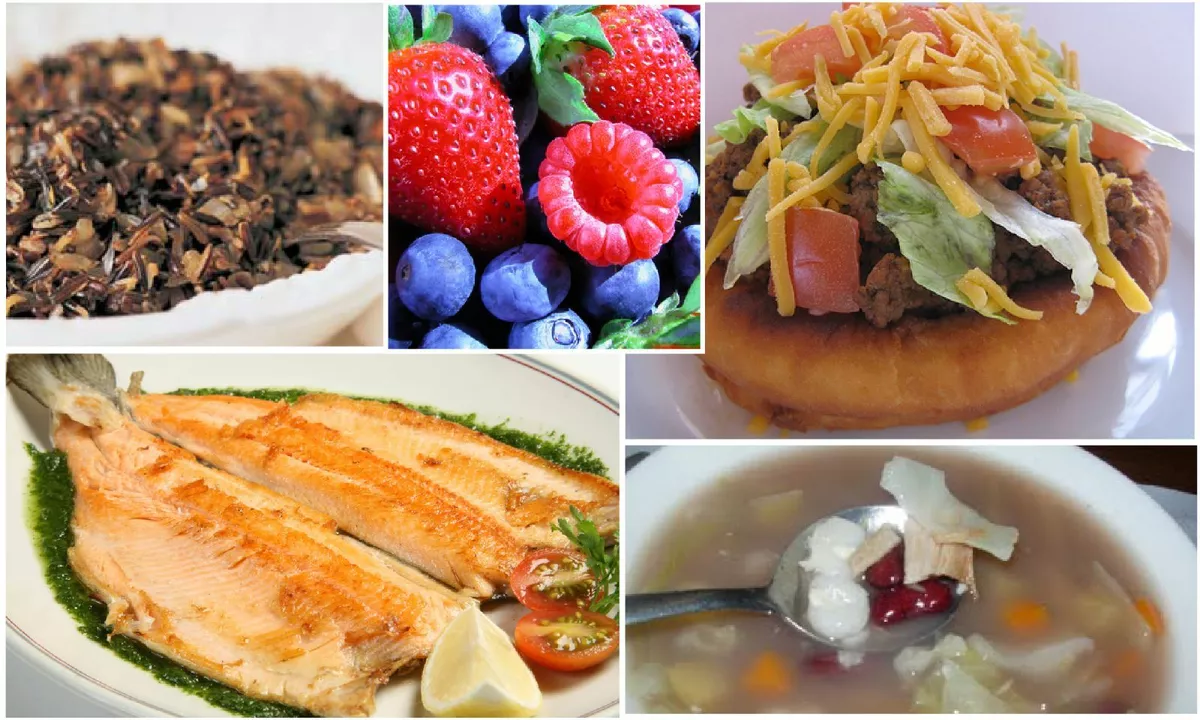Indigenous Recipes: Real Flavors, Simple Tips
Forgotten ingredients often make the best meals. Indigenous recipes are built from local plants, simple techniques and flavors that lasted generations. If you want food that tastes of place, start here.
These recipes are practical. They use what grows nearby, need little kitchen gear, and focus on clear steps. You won't find complex jargon — just hands-on methods like smoking, sun-drying, fermenting, and slow simmering. That keeps flavors honest and ingredients useful.
Why care? Indigenous recipes connect you to land, culture and season. Eating them reduces waste because you use whole foods. They also save money: seasonal local ingredients often cost less than imported items. Finally, cooking these dishes teaches you basic skills that travel across cuisines.
Where to find ingredients
Look around your local markets and farms. Farmer stalls, weekly bazaars, and neighborhood grocers often stock heirloom grains, wild greens, local tubers and regional spices. Ask vendors about season and freshness — many will happily point out what’s best right now. When a specific herb is hard to find, substitute with a milder common herb while keeping the core technique intact.
For packaged items, check labels for origin and minimal processing. Small producers and community co-ops often sell traditional sauces, pickles and flours. Buying direct supports local growers and keeps those varieties in circulation.
How to adapt recipes at home
Start simple. Pick one recipe and follow it once without changing ingredients. Taste, note what you like, then tweak. Swap a protein, change the cooking fat, or adjust heat levels to suit your pantry. If the original calls for sun-dried fruit you can use oven-dried pieces at low temperature.
Preservation matters. Learn quick pickling, basic fermentation, and drying. These methods increase shelf life and boost flavor. For example, a small batch of fermented chutney can last weeks and lifts simple meals.
Use your senses. Smell and touch tell you when ingredients are ready. Look for browned edges, a nutty aroma, or a soft texture when simmering. Cooking by feel keeps you flexible when exact measurements aren’t available.
Don’t be afraid to fail. Indigenous cooking is often about experimentation and passing tips across households. Share your attempts with friends or neighbors — they may offer a trick that makes the dish sing.
Try this: choose a plant-based side from an indigenous recipe and pair it with a familiar main. That way you learn new flavors without committing your whole meal. Over time you’ll build a small set of dishes that are quick, tasty, and rooted in place.
Start with a simple dish: roasted local vegetables with a spice mix. Toss seasonal vegetables with oil, salt, crushed cumin and fresh lemon. Roast until edges brown, then finish with chopped herbs. This one recipe teaches roasting, seasoning and balancing sour-salty notes — skills you can bring to many indigenous dishes and family meals.
Explore our tag below to find recipes, tips and real stories from cooks who keep these traditions alive. Cook a little, taste a lot, and keep the flavors local.

In one of my recent culinary explorations, I came across the term "Indian bread" in the context of Native American food. It turns out that Indian bread refers to a variety of traditional flatbreads consumed by Native American tribes. Some popular examples include frybread, cornbread, and bannock. These breads are typically made from simple ingredients such as cornmeal or flour and are often cooked over an open fire. It's fascinating to learn about the diverse food traditions of Native American tribes and the role Indian bread plays in their cuisine.
Read More